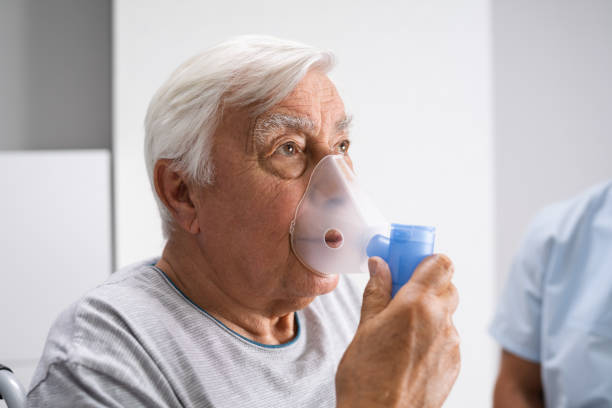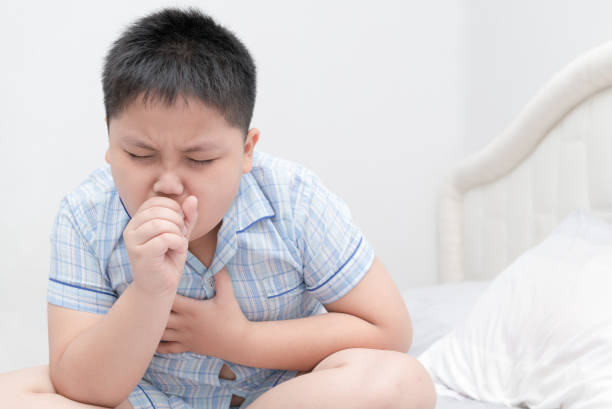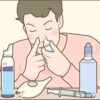
Quitting smoking and avoiding exposure to secondhand smoke are the main preventions of COPD. Exposure to kitchen fumes, incense burners, and fumes from burning gold paper can also reduce lung function.
In high dust locations such as mines, employers must improve the environment to reduce dust inhalation. And regularly check workers’ lung function.The stronger the overall society’s willingness to control air pollution, the lower the prevalence.

1、Quit smoking
Smoking is a major risk factor for COPD. Without removing the cause, it is difficult to achieve good curative effect with drug treatment alone. Therefore, the key measure to prevent the occurrence and progression of COPD is smoking cessation.
To reduce the inhalation of occupational dust and chemical substances. Labor protection should be done for those who are exposed to occupational dust.
2、Reduce indoor air pollution
Avoid burning biofuels in poorly ventilated spaces. For example:
- burning wood for cooking
- heating an indoor fire
- passive smoking
3、Prevent respiratory infections
Actively prevent and treat upper respiratory tract infections. Get the flu shot in the fall and winter. Avoid crowded places. Keep the room air fresh. Upper respiratory tract infection should be actively treated.
4、Strengthen your workouts
Choose the exercise method that suits you according to your own situation. E.g:
- Walk
- Jogging
- Swim
- Climb stairs
- Climb mountains
- Tai Chi
- Dance
- Holding something heavy in both hands
- Exhale while lifting

5、Respiratory function exercise
An important goal in the preventions of COPD patients is to maintain good lung function. Only by maintaining good lung function can patients have better mobility and good quality of life.
Therefore, respiratory function exercise is very important. Patients can exercise lung function through the following concentrated methods:
- Do breathing yoga
- Breathing exercises
- Deep and slow abdominal resistance breathing exercise
- Sing
- Whistle
- Flute
6、Cold tolerance exercise
Reduced cold tolerance can lead to recurrent upper respiratory tract infections in COPD patients. Therefore, cold tolerance is also very important for them. Patients can take from the summer to wash their face with cold water. Adhere to outdoor activities every day to exercise cold tolerance.


























Recent Comments